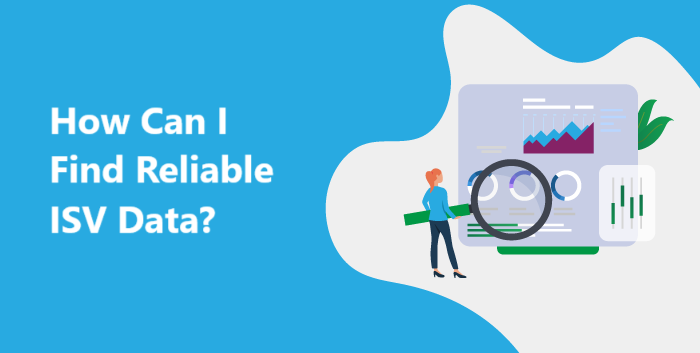Marketing budget guidelines
A US Small Business Administration (SBA) blog points out that the right marketing budget for your business depends on the size of your company and its growth stage. For example, a new business working to build its brand may spend more on marketing — up to 20 percent of annual sales — than an established business. In general, small businesses with annual revenue of less than $5 million and margins in the range of 10 to 12 percent should allocate 7 to 8 percent of their revenues to marketing.
If margins are lower than 10 or 12 percent, blog author Caron Beesley comments, “You might consider eating more of the costs of doing business by lowering your overall margins and allocating additional spending to marketing. It’s a tough call, but your marketing budget should never be based on just what’s left over once all your other business expenses are covered.”
What ISVs spend on marketing
Payment processing company Worldpay surveyed its ISV and value-added reseller (VAR) partners as well as partners of channel distributor BlueStar. Of the 162 respondents to the survey, more than half are ISVs or ISV/reseller hybrid businesses developing point of sale (POS) applications. Worldpay describes marketing spending among this group “anemic.”
- 44.7 percent of companies spend only 1-4 percent of annual revenue/gross sales on marketing.
- 27.7 percent spend 5 to 9 percent.
- 18.1 percent spend 10 to 24 percent.8.5 percent spend 25 percent or more.
- 1.1 percent spend nothing on marketing.
Is marketing spend increasing?
The February 2019 CMO Survey, from Deloitte, the Duke Fuqua School of Business, and the American Marketing Association, collected responses from 323 marketers at a VP-level or above, including information on how their marketing spend changes year to year. About 15 percent of respondents were from the technology industry sector —the largest representation in the study. Deloitte found that marketing budgets are on a positive growth trajectory, but that growth, at 5 percent, is the lowest in three years. Marketing budgets for B2B products, however, will increase by 7.3 percent.
The CMO Survey also drilled down into how businesses are spending their marketing budgets. The areas with the most significant increase are brand building followed by new product introduction. Plans for CRM spending and new service introduction spending are about the same as reported last summer.
The Worldpay study report also indicates that ISV marketing spend will increase in 2019, but points out that the report authors considered not including projections in this year’s report. Worldpay has conducted the study three previous years and each year ISVs say they’ll spend more on marketing, but when the actual numbers come back, they don’t.
The Worldpay report states that high-growth partners recognize that they outspend their competition on marketing.
Plan and execute
Allocating money for marketing is only a small step toward growing your business. You need a well-developed marketing plan, which aligns with how you plan to sell your software applications to your customers. Your marketing plan should detail the marketing media you plan to use — whether email, search engine optimization (SEO), social media, pay-per-click (PPC) advertising, or more traditional media such as trade shows, direct mail, telemarketing, press releases, or print advertising.
You should also decide how you will define and learn about your target market. The CMO Survey found that marketing capability development is a top priority, with 10.4 percent of companies increasing budgets for developing new marketing knowledge and capabilities by 10.4 percent and investments in marketing intelligence and research increasing by 7.7 percent.
It’s also vital to step back and make sure your plans don’t cross any regulatory lines, like regulations set forth by GDPR or the new California Consumer Privacy Act.
With a strategic plan and the budget to support it, you can build your brand, let your market know about the innovative products you offer, and nurture and convert leads. But without the budget, you’ll never get off the starting block.








